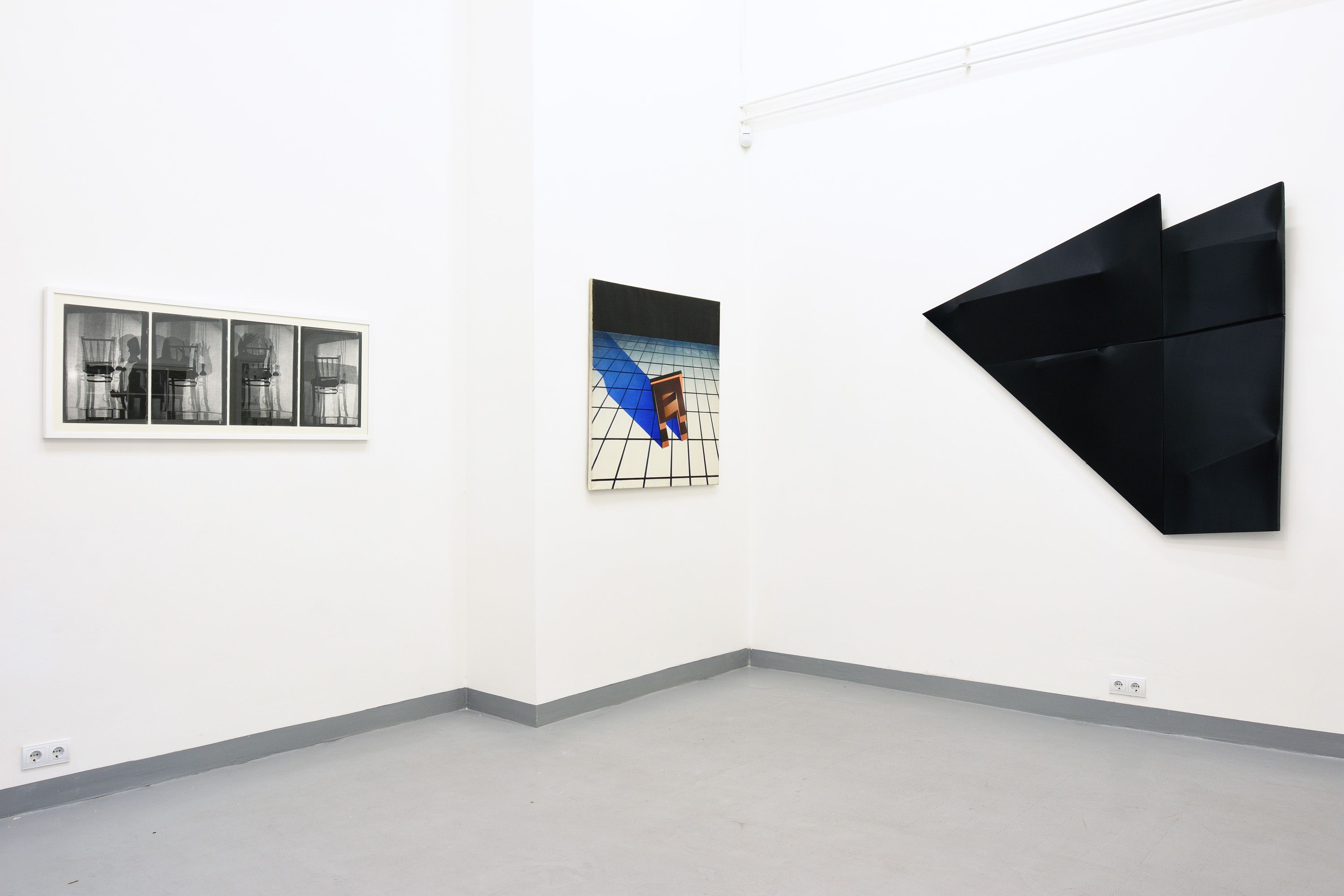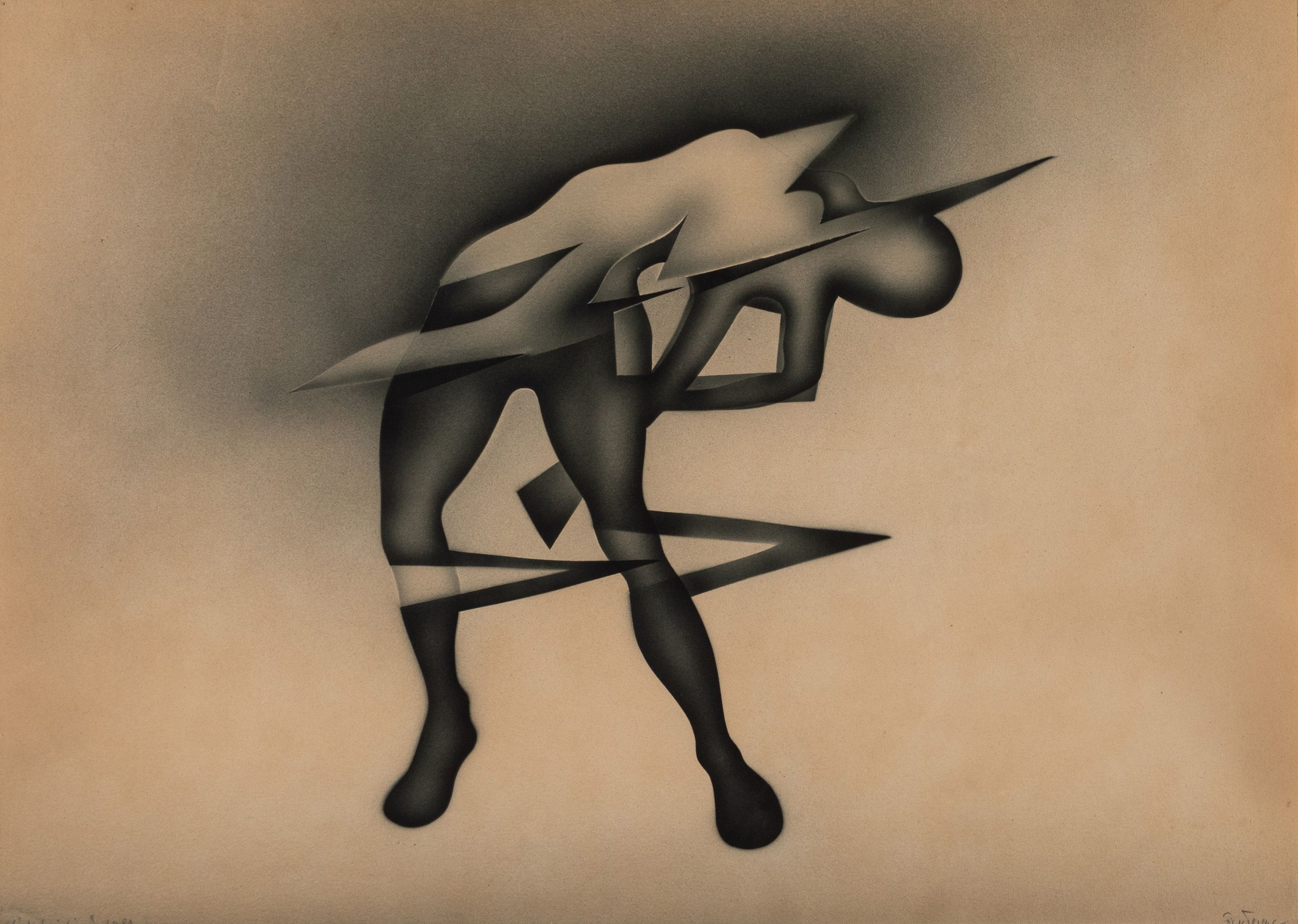Ferenc Ficzek
Scale Shift
| Venue: | acb NA |
| Date: | Nov 11 – Dec 15, 2016 |
Description
“With light, I can come round the object in front of me, but its dimensions, revealing themselves through movement, are transitional, continuous and intangible. With the help of light projection, I can record these transitional dimensions, I can project them onto each other and I can connect these light profiles or shadow profiles with seemingly no image with my imagination. The mystical and often incomprehensible light section of the object originates from the object and the lighting device, which refers, in this form, to a sort of situation constructed in advance. The plastic reality, the light-shadow reality of the projection on the transparent discs fostered the observation and the description of the endless line of unknown visual effects and opened up the endless possibility of shaping/framing before me” explained Ficzek in retrospect in an exhibition catalogue dated 1978 (Exhibition of Ferenc Ficzek, Gallery of Pécs, 13 May-12 June 1988). It was in hundreds of photos blown up on dokubrom paper that he recorded the produced visual effects, eventually projecting them back on the projection screen and re-recording the multi-layered image obtained through this process of transposing space, planes and time on each other.
Scale Shift (1977), a work co-authored with Sándor Pinczehelyi, is a symbolic closing piece of this very important period, summarizing his experimentation with projection, taking the form of a performance allowing numerous associations and acting as one of the most poetic metaphors in the Hungarian intermedia art tradition for the international disconnectedness of both Hungarian society and the art scene. The piece shows the two artists separated by a projection screen, alternating their respective position before and behind the screen, being alternately object and shadow, while performing a physically impossible handshake. Shaking hands with our own shadow and accepting unknown dimensions. Indeed, Ficzek was clearly using light as an alternative to paint, an intangible and endlessly flexible variant of it, allowing him to structure, frame, collage and document at the same time; as a natural and logical result, the way he used light led him to the moving image.
The short animation film entitled Exits Left Behind (1981) acts as a conclusion to this period dedicated to light, but also to the graphic experiments achieved by then. The animation features the figure, or more precisely the shape or outline, of a female dancer wildly moving herself out from her own shadow, swirling and flashing her own body into almost organic abstract patterns. This light ballet piece, which starts in black and white – an alternation of shadow and light – and then gradually explores the emotional content of the chromatic realm, is rooted in and refers to different techniques that are distinctive traits of Ficzek’s oeuvre (from projection, photomontage and application to paper tearing), resulting in a singular mixture of objectified eroticism, crafted fetishism and metaphysical dance.
Ferenc Ficzek (1947-1987) was a founding member of the Pécs Workshop. In his practice, he placed one of his focuses on the contexts of light and shadow, often working with projections and sprayed paintings, studying the changing plastic quality of geometric and organic shapes and varying light conditions in his compositions. Turning to animation in the 80’, he then created lyrical, expressive montages and monochrome reliefs at the end of his career.
This exhibition and the accompanying catalogue entitled An introduction to the work of Ferenc Ficzek were realized in the frame of the acb ResearchLab’s activity, which focuses on Hungarian neo-avant-garde oeuvres.

